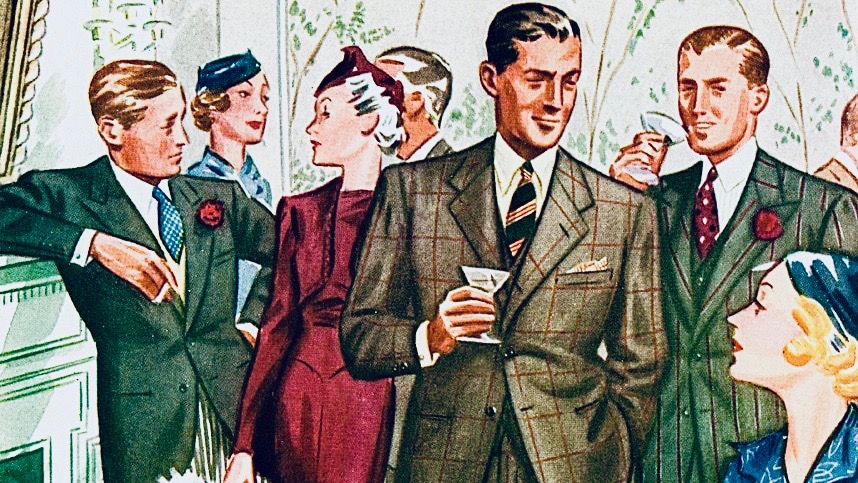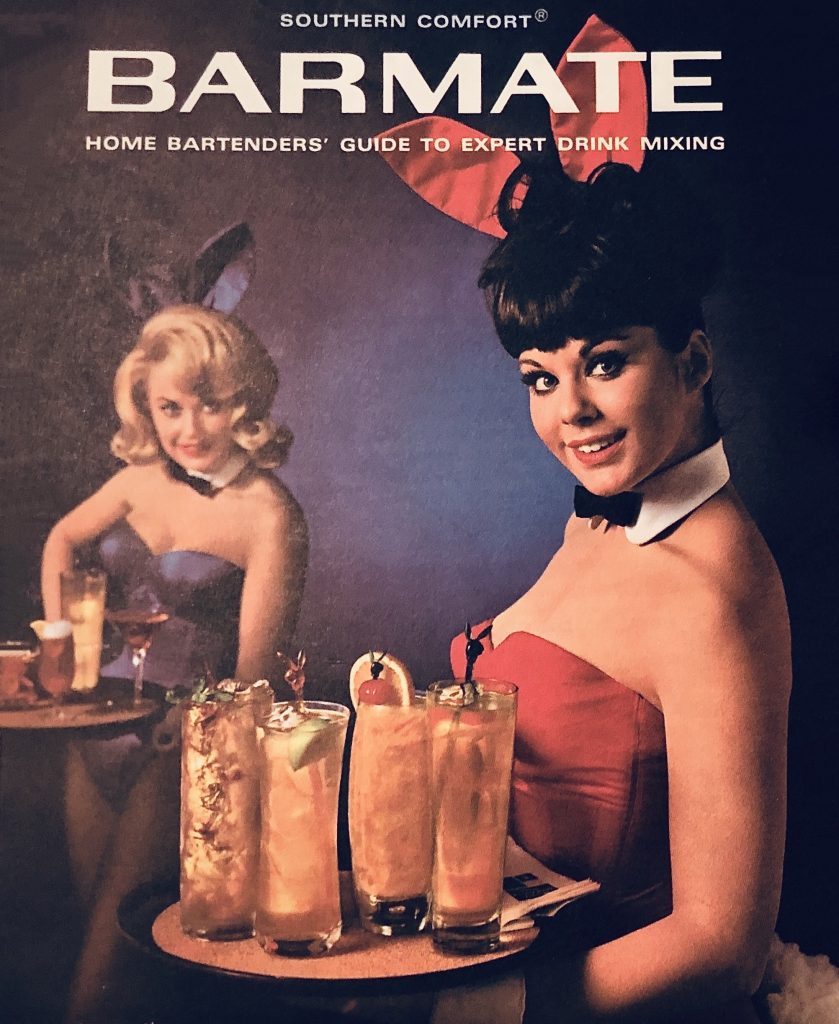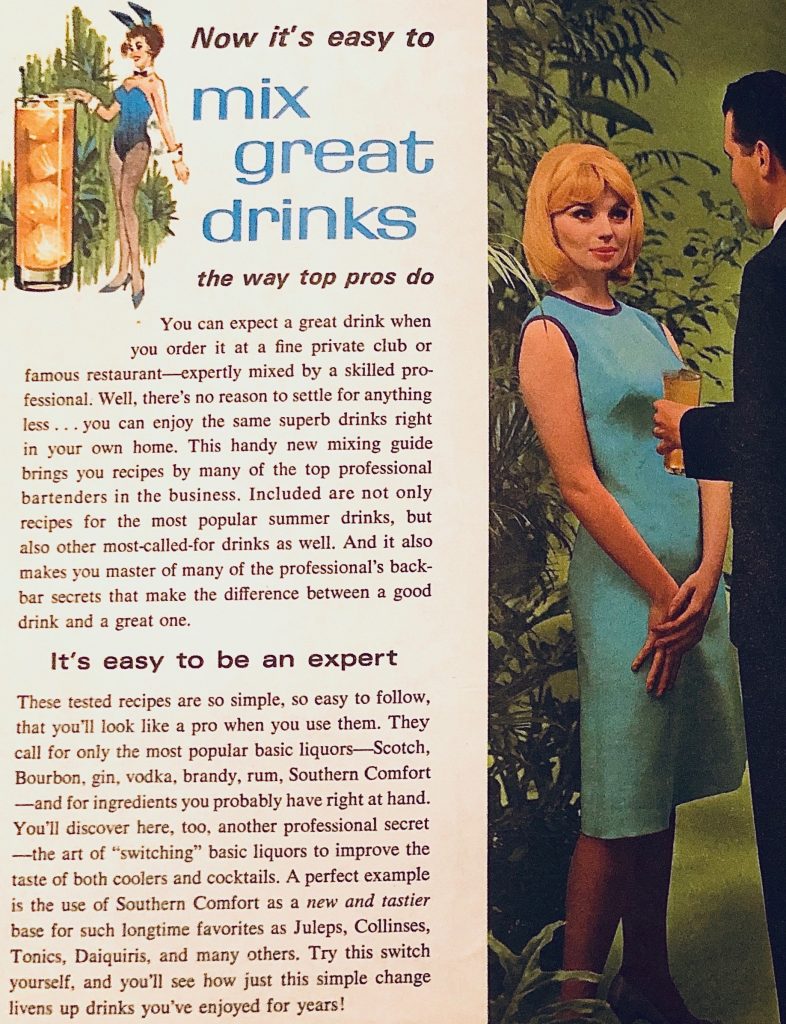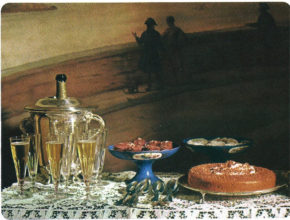When you think of a cocktail party, you probably think of the 1960’s and in many senses you would be right. The 1960’s were the heyday of the home cocktail party. While we are living though a second golden age of cocktails, we generally go out to a bar or restaurant to drink, (at least we did before the end of days 2.0). The only real cocktail parties one usually attends are work affairs at conventions or business sponsored networking affairs. These have a undercurrent of pressure with everyone having to remain on good behavior, so they don’t really have the feeling of fun and frolic that the traditional cocktail party had. If we do happen to receive an invitation over to someone’s house for cocktails, it’s likely a casual affair. The image of sophisticated adults sharing a drink and a convivial conversation while dressed to kill, feels like a thing of the past.
The beginning of cocktails has been lost to history. The earliest mention of the word cocktail was in the London Telegraph in 1789. In an article describing a large party a list of drinks were named, including “L’huile de Venus,” “parfait amour,” and the “cock-tail”.
Later the cocktail appeared in print in 1806 in The Balance, and Colombian Repository, which is an odd name for a weekly magazine of miscellaneous articles. “A cock-tail, then, is a stimulating liquor composed of spirits of any kind sugar, water, and bitters. It is vulgarly called a bittered sling and is supposed to be an excellent electioneering potion, in as much as it renders the heart stout and bold, at the same time that it fuddles the head.”
At that time, the actual mixing of spirits probably had been going on for quite a while, coming out of the ubiquity of alcoholic punches.
While the actual formation of the cocktail was likely a long process of invention and adaptation, the real boom for cocktails came after the ice trade found ways of bringing natural ice from cold climbs to warmer climbs. This started in the early 1800s, but really became standardized by the mid 19th century. At first it was the wealthy that could experience a cold concoction with regularity, given the expense of the ice itself, building an ice house to store it in, (not to mention needing to have all that precious land to put the ice house on), but by the late 19th century ice could be found everywhere, especially in hotels and bars across the world. This lead to innovations in cocktails and a surge in their popularity.
The American Bar business had always been innovative, with the mix of cut-throat competition and over-zealous drinking being tailor made for Americans. New York, Chicago, San Francisco and even some of the saloons of the west had developed great drinks and a flair for serving that comes with intense competition. Hotel bars were exceptional, advertising great bartenders and constantly trying to outdo each other. By the 1890’s the golden age of cocktails had begun.
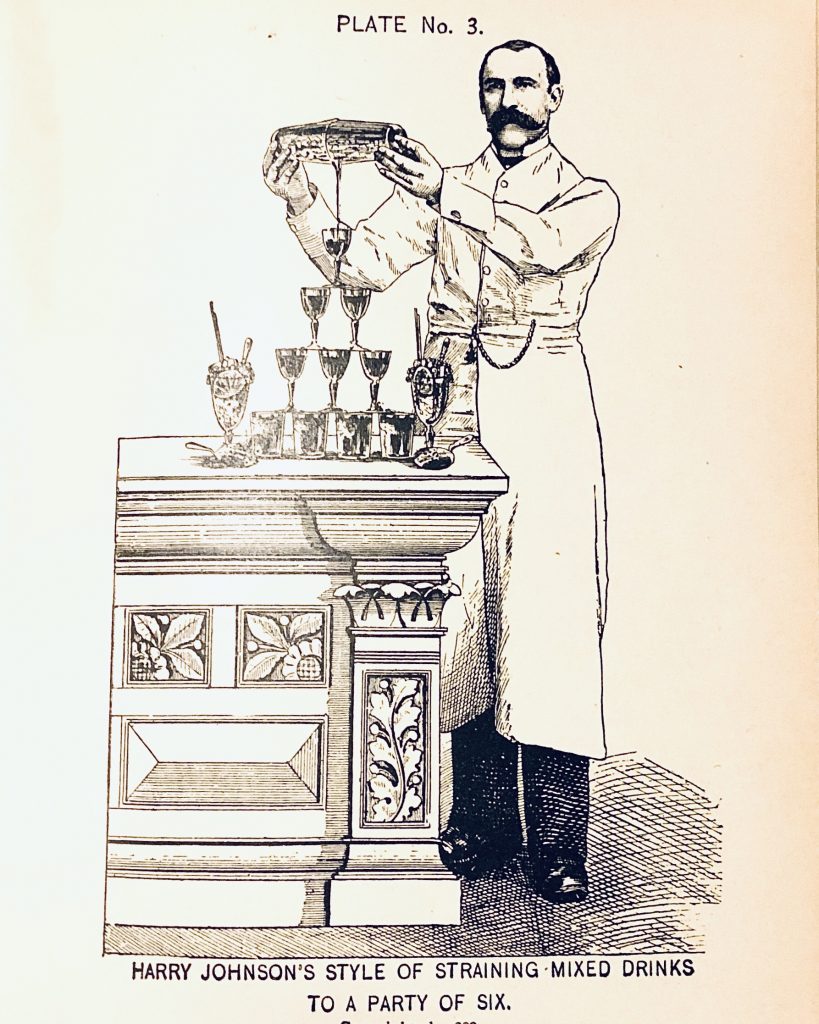
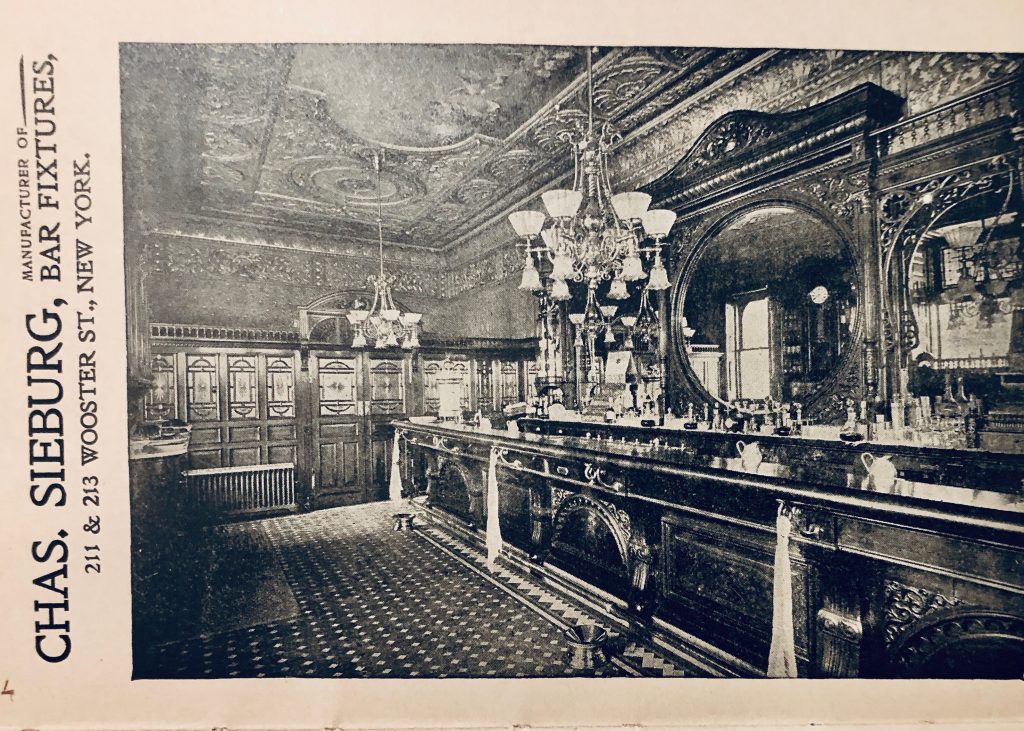
While the cocktail first had it’s true golden age in the 1890s, it was a man’s affair. In the Victorian era, when the cocktail really took off, a respectable woman would never have been seen in a saloon or bar. It wasn’t until post WWI, when young women were embracing liberation in the face of the mass deaths of their young men and gaining the vote, did you see women truly embracing the cocktail for themselves. With the onset of prohibition, some young ladies even entered the speakeasy to hear jazz and drink alcohol. *gasp*
Sadly for them, the drinks served in speakeasies were pretty low quality. As you’ve seen, the cocktail was already having a heyday before the turn of the century, so it’s not true that the cocktail was invented to cover up the taste of bathtub gin. No doubt, a good mixologist would have been welcome to make this terrible product into a drinkable concoction. Unfortunately for the roaring twenties drinker, when prohibition hit, most of the best and business minded bartenders left the US for countries that still allowed booze to be served. America’s loss was the world’s gain and American cocktail culture found homes across Europe, the Caribbean and beyond.
The spread of the modern cocktail gave rise to cocktails being drunk at home as well as in bars. This is when we finally arrive at the birth of the cocktail party, somewhere in the early 20th century.
Even with the embrace of the speakeasy in some parts, when prohibition ended in 1933 many people still had a taboo about drinking in bars, (especially women) so drinking at home with friends became more popular. Still, it wasn’t yet the full blown home cocktail party we hold today. Cocktails were served to a group before they would go out to an entertainment or before a bridge game. Very quickly though, people realized what an economical and fun way this was to entertain.
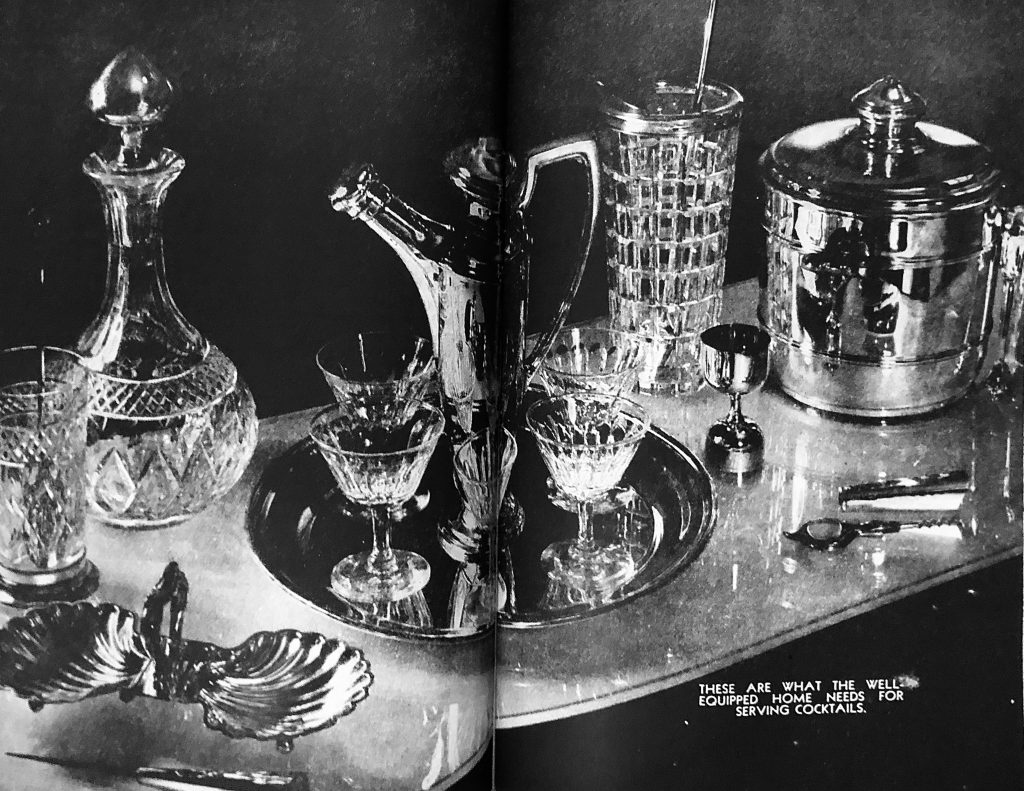
After WWII, GIs came home, an economic boom and a push for upward social mobility began and the cocktail party really took hold. Having friends over for a cocktail became a norm, not just for the wealthy or the city dwelling sophisticate, but for the middle class housewife as well. By the 1950’s most households had a bar and everyone could mix a couple drinks. Many of those GI had come back from being stationed in the Hawaiian Islands and a fashion for Tiki drinks began. Because there were only drinks and just enough nibbles to keep your acquaintances from falling over, the focus of the cocktail party became “party talk”. Cocktail parties were supposed to be sophisticated and cultured with an emphasis on wit and humor.

So what did these parties entail?
“There are many different ways of giving a cocktail party, but like the buffet, it should always be given informally. There is much more to a cocktail party than the cocktails, in addition to the cold canapés, there should always be at least one really delicious hot tidbit. Here is a good chance for a hostess to show originality in preparing one or two specialities of the house, as a trade mark of her parties. Never let your cocktail parties get formal. This is the time for relaxing at the end of the day… it should be light and gay!”
Silver Etiquette by Emily Post, 1952
So that was a long, winding bit of history to finally arrive at the home cocktail party. I’ll have a part two to get more into the ins and outs of how cocktail parties were thrown, the barware used and it’s general etiquette. Also, I’ll cover the etiquette of going to a lounge or bar for the cocktail hour in a later post as well. In the heyday of the cocktail, people did go out in groups to a bar or lounge where you might find a lounge act or even party games.
Well, I hope this has inspired to you mix your favorite cocktail. If you have a cocktail in hand, let’s raise our glasses in toast to the gods of etiquette. Salut, Cheri.
